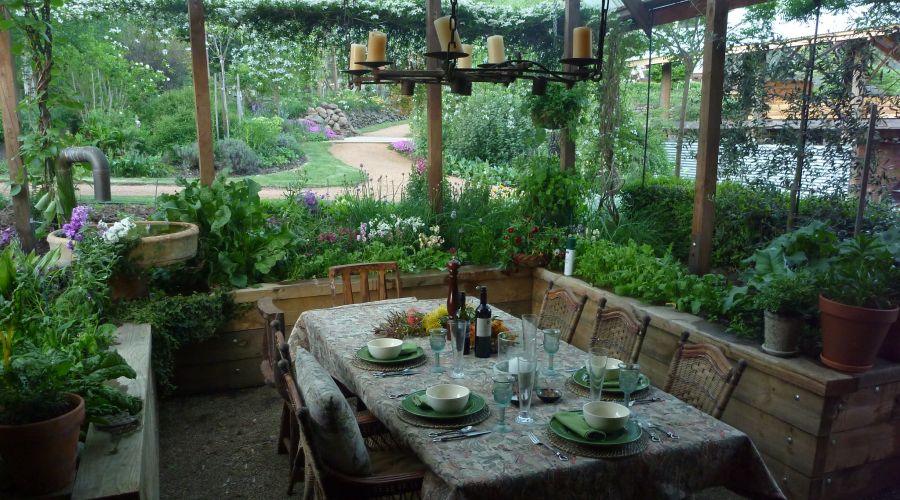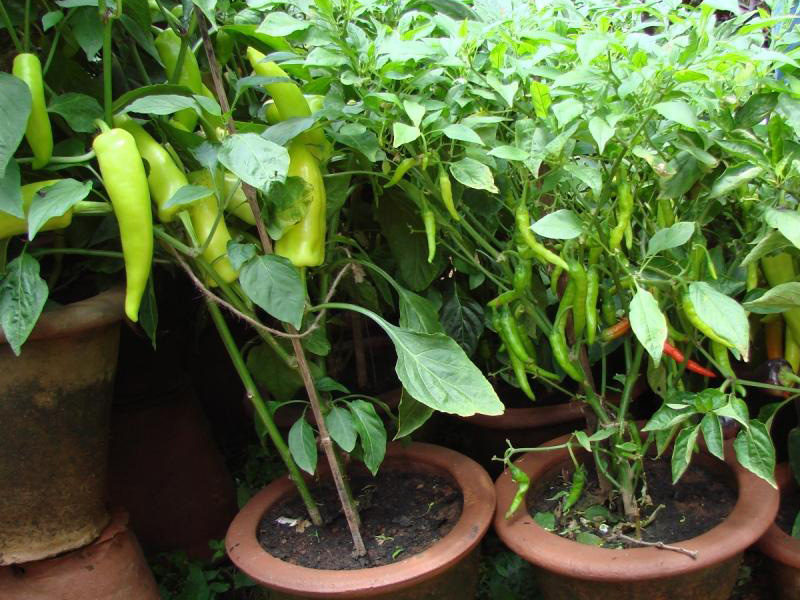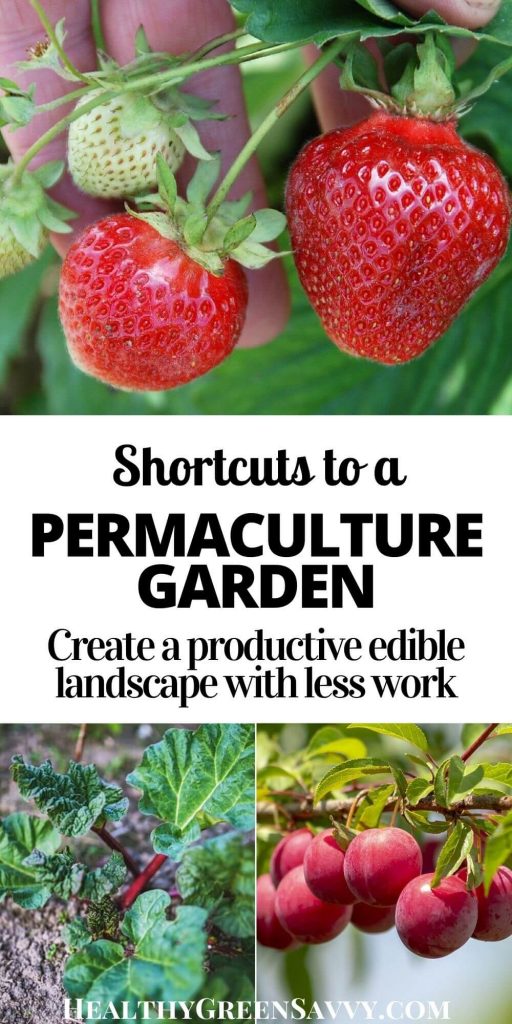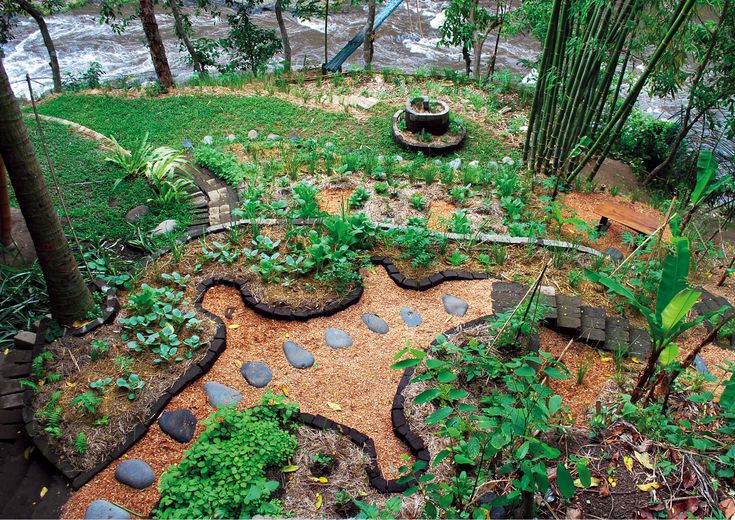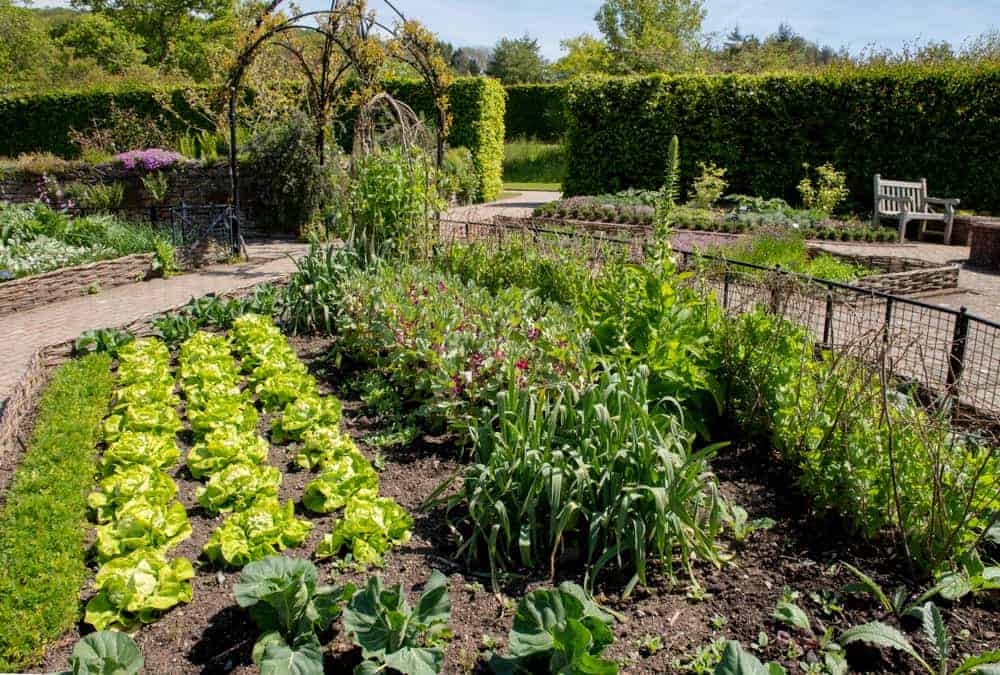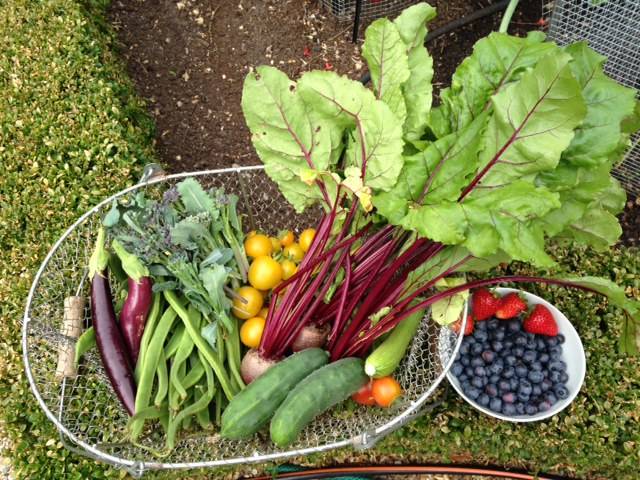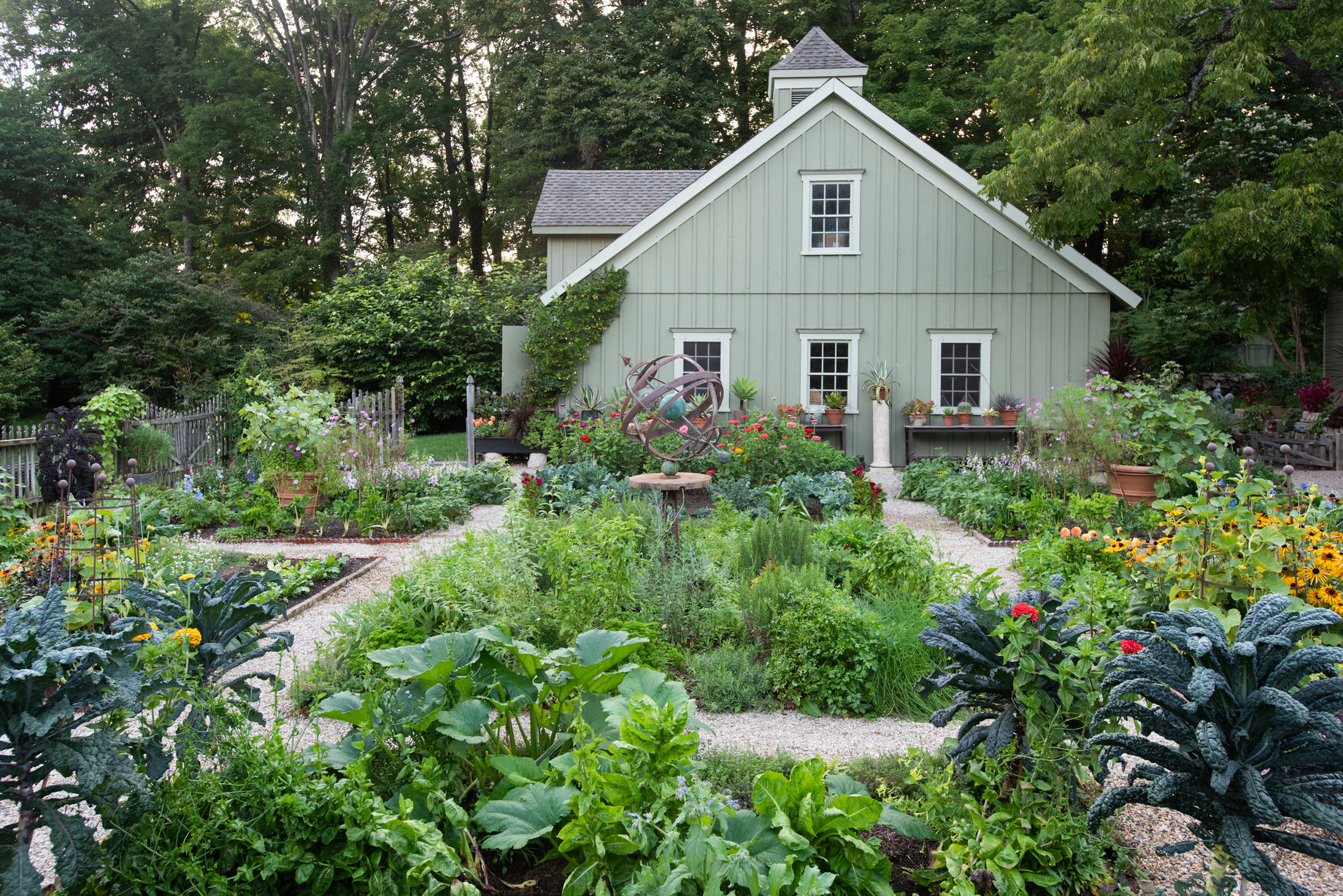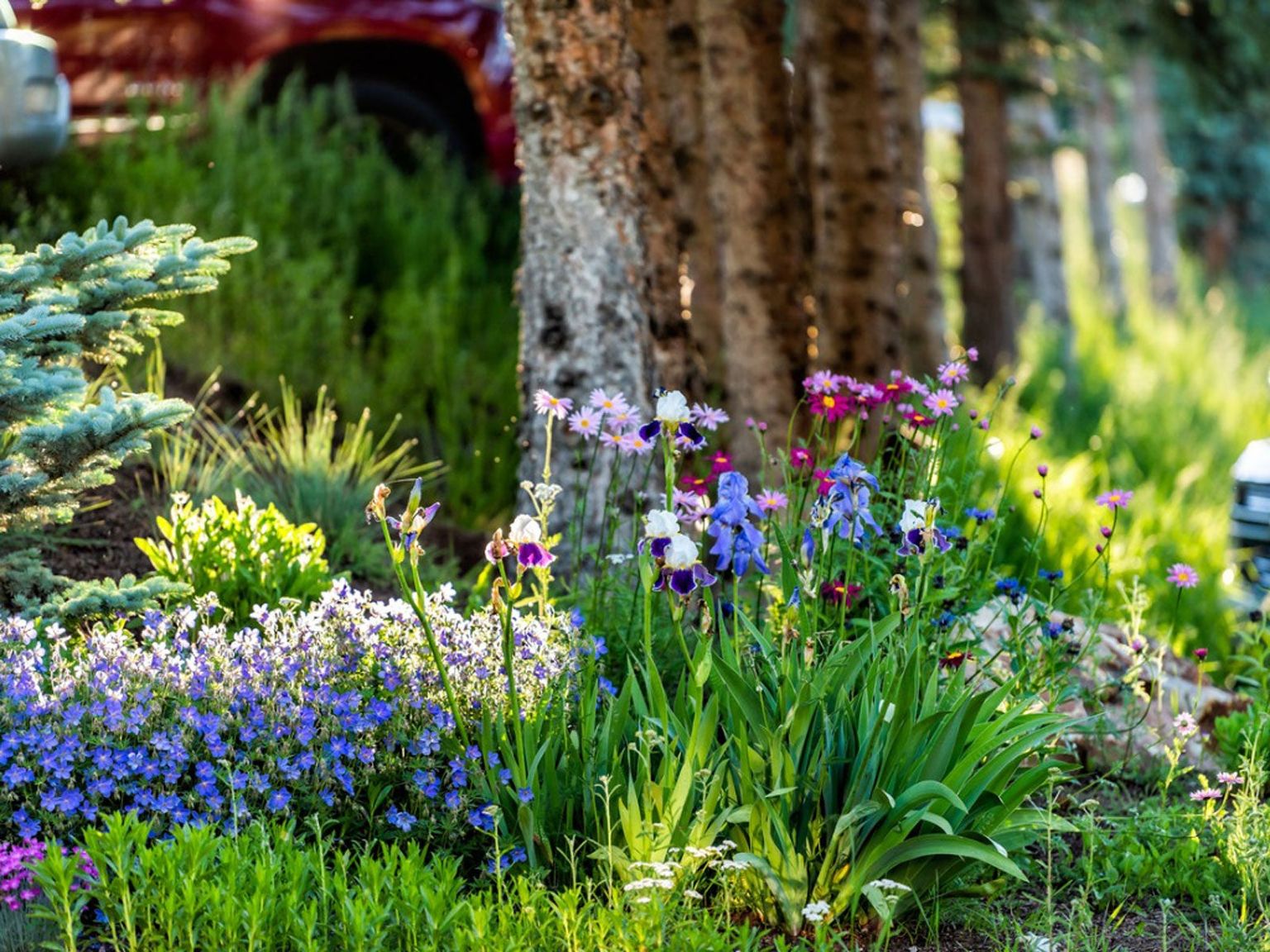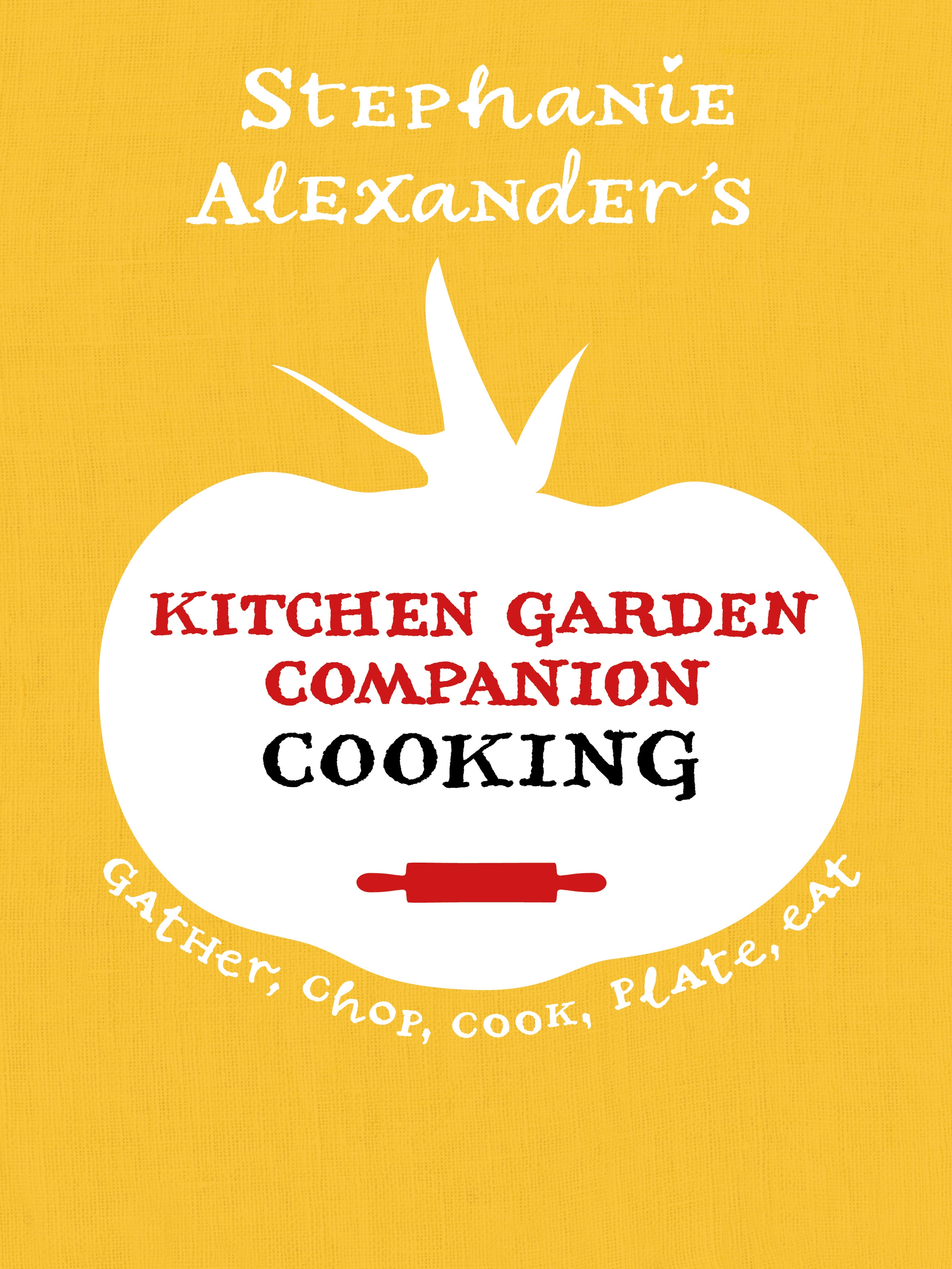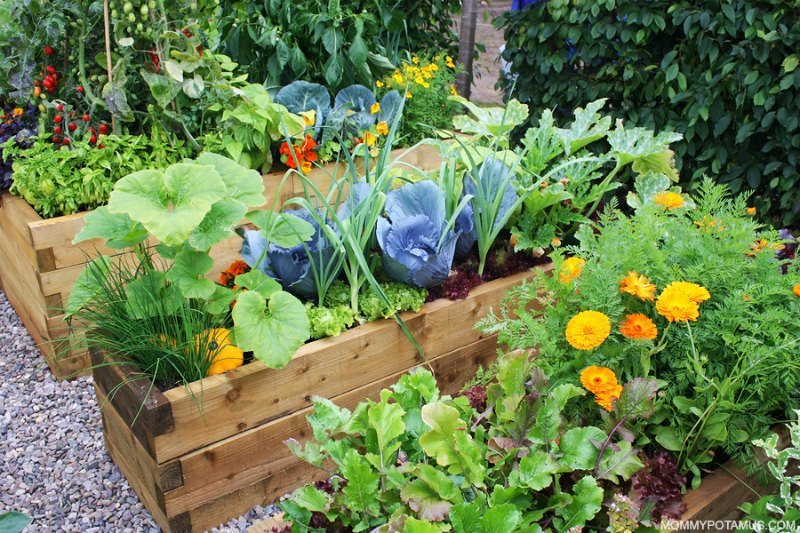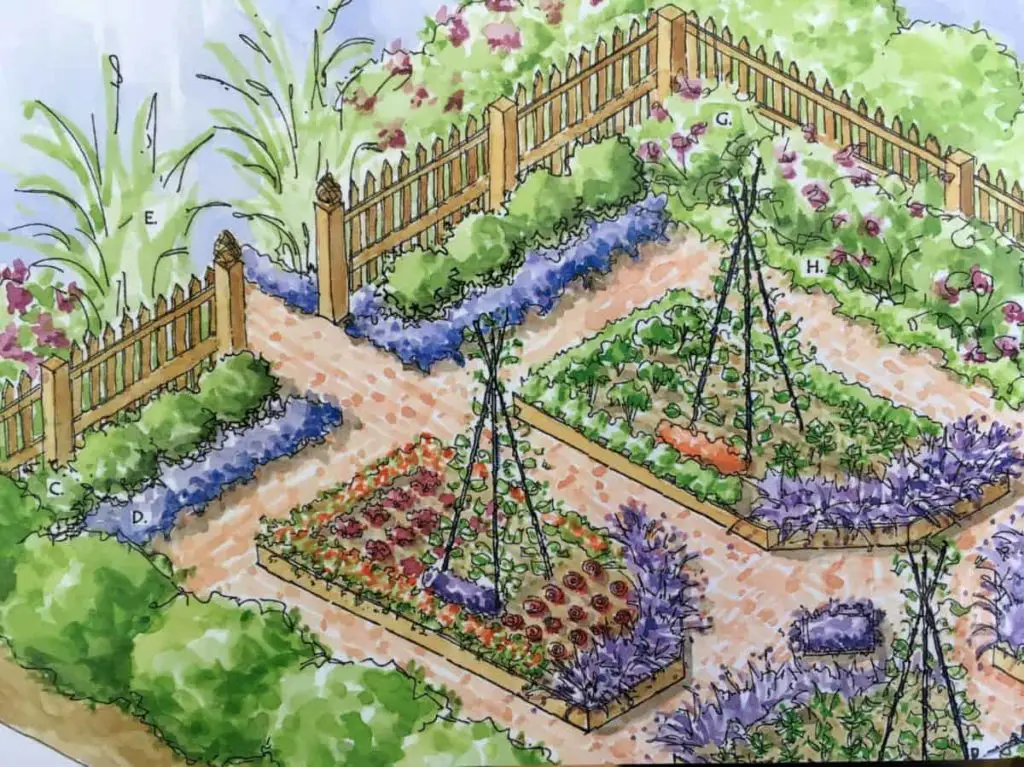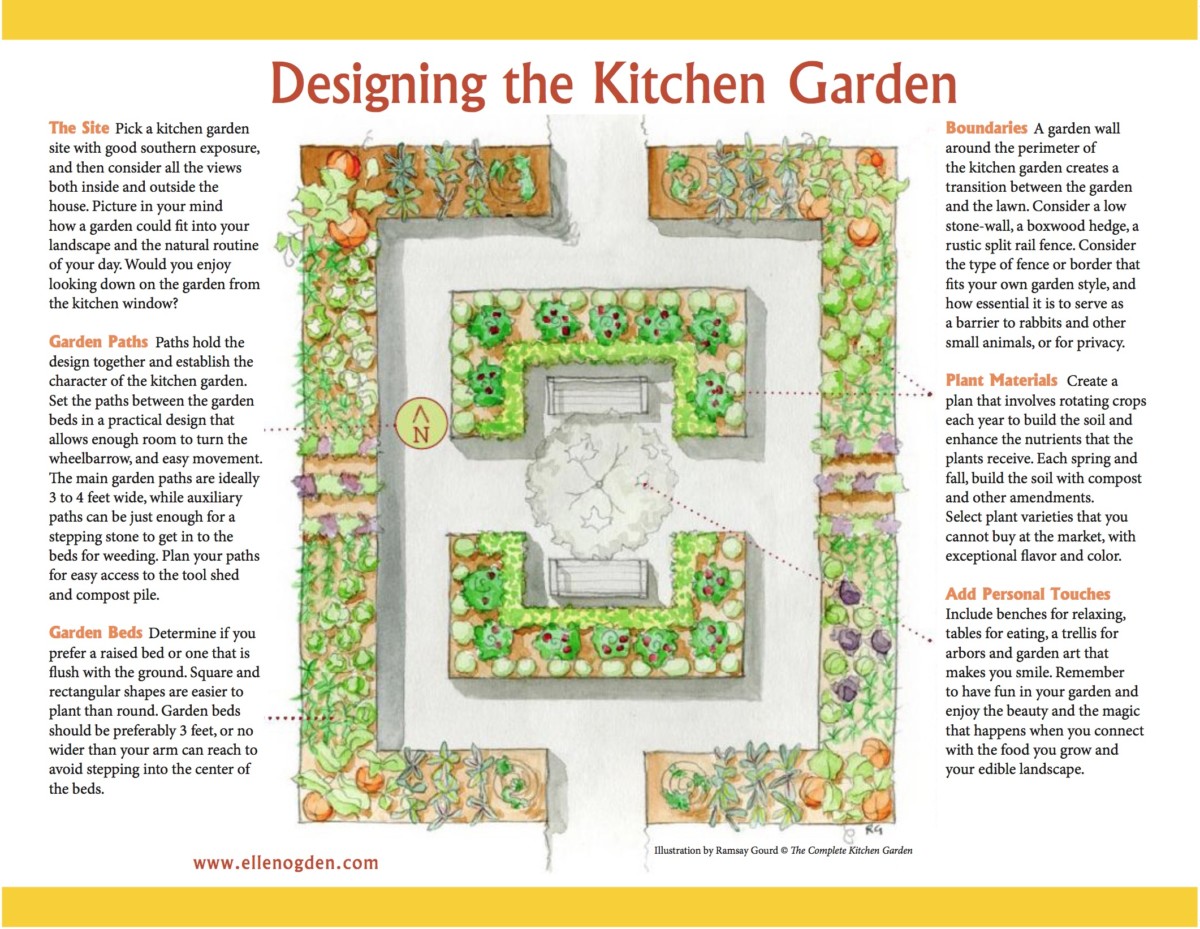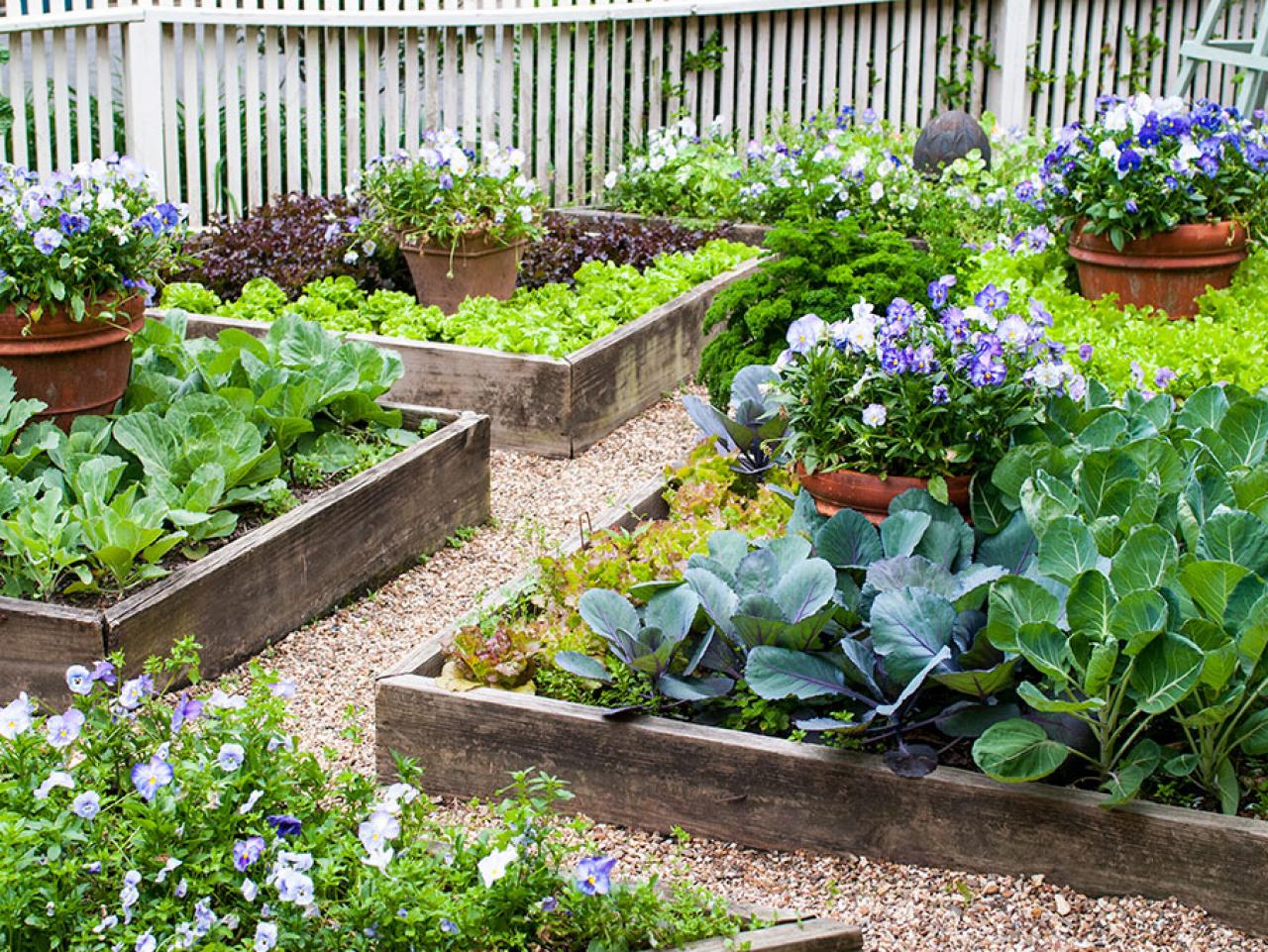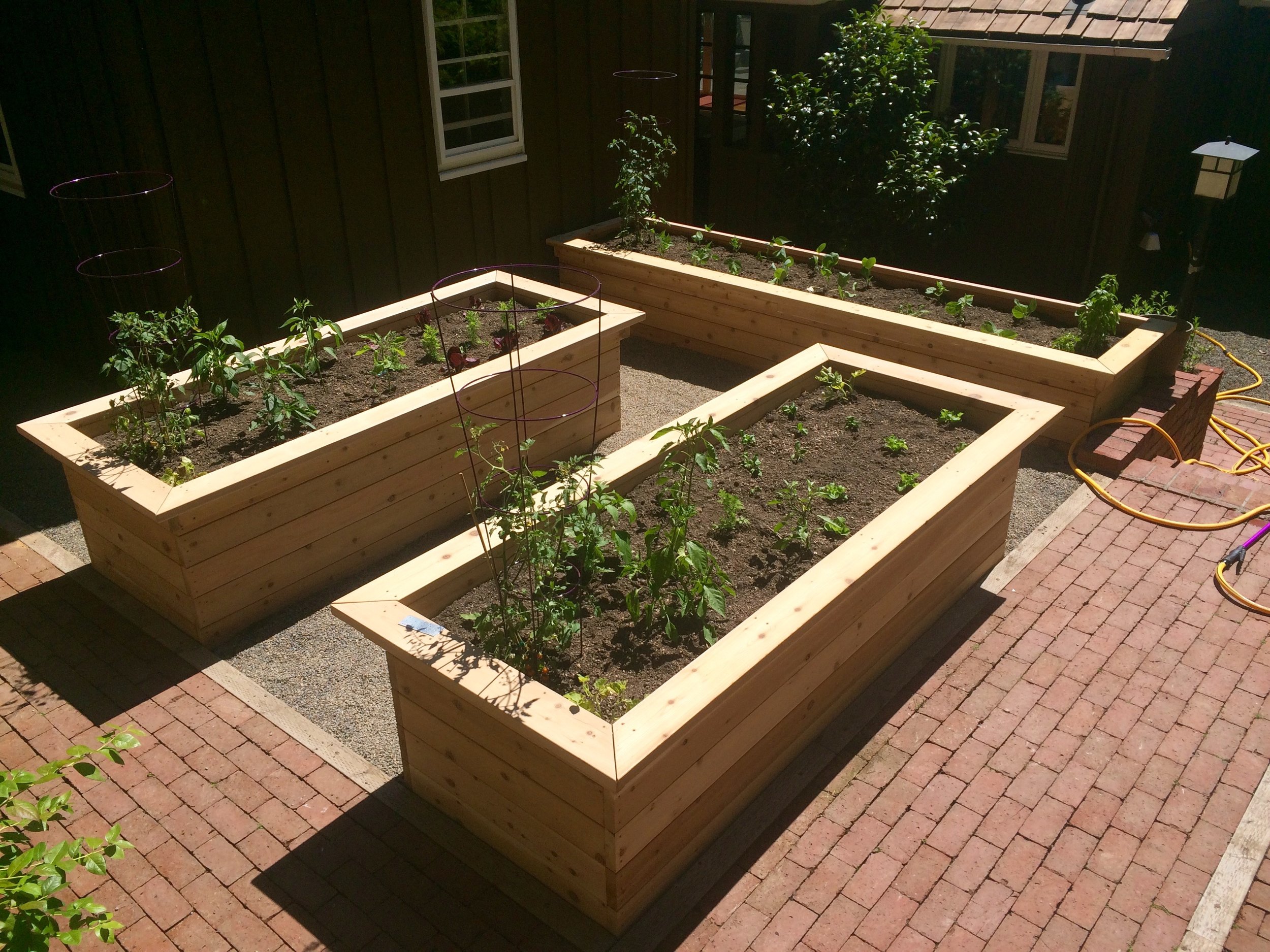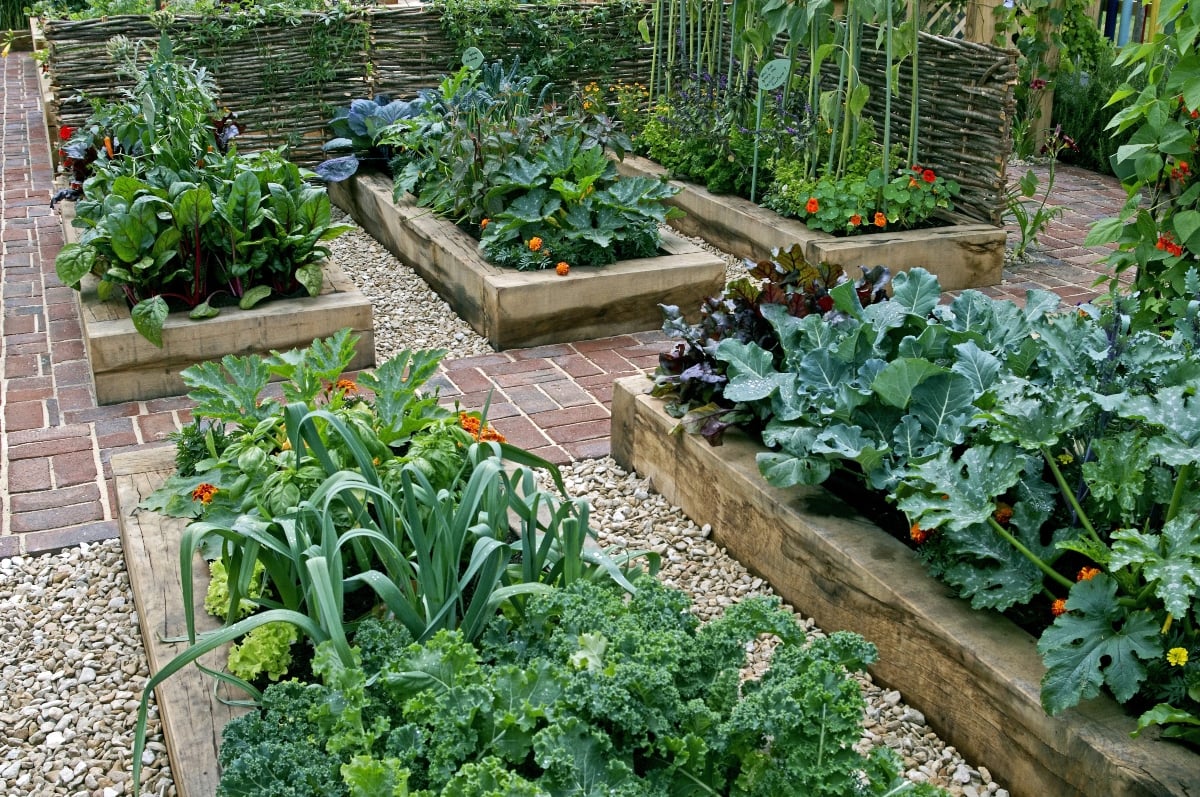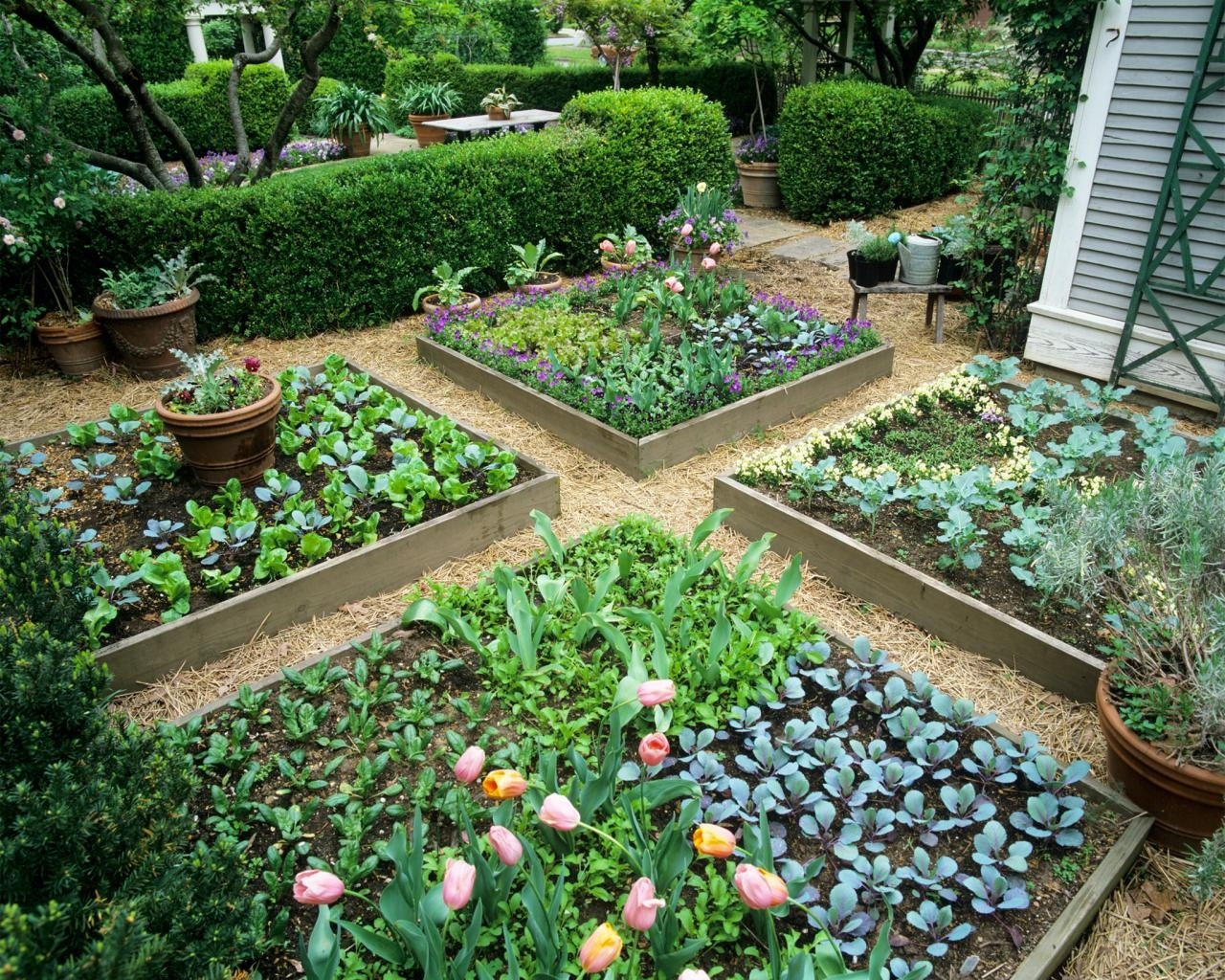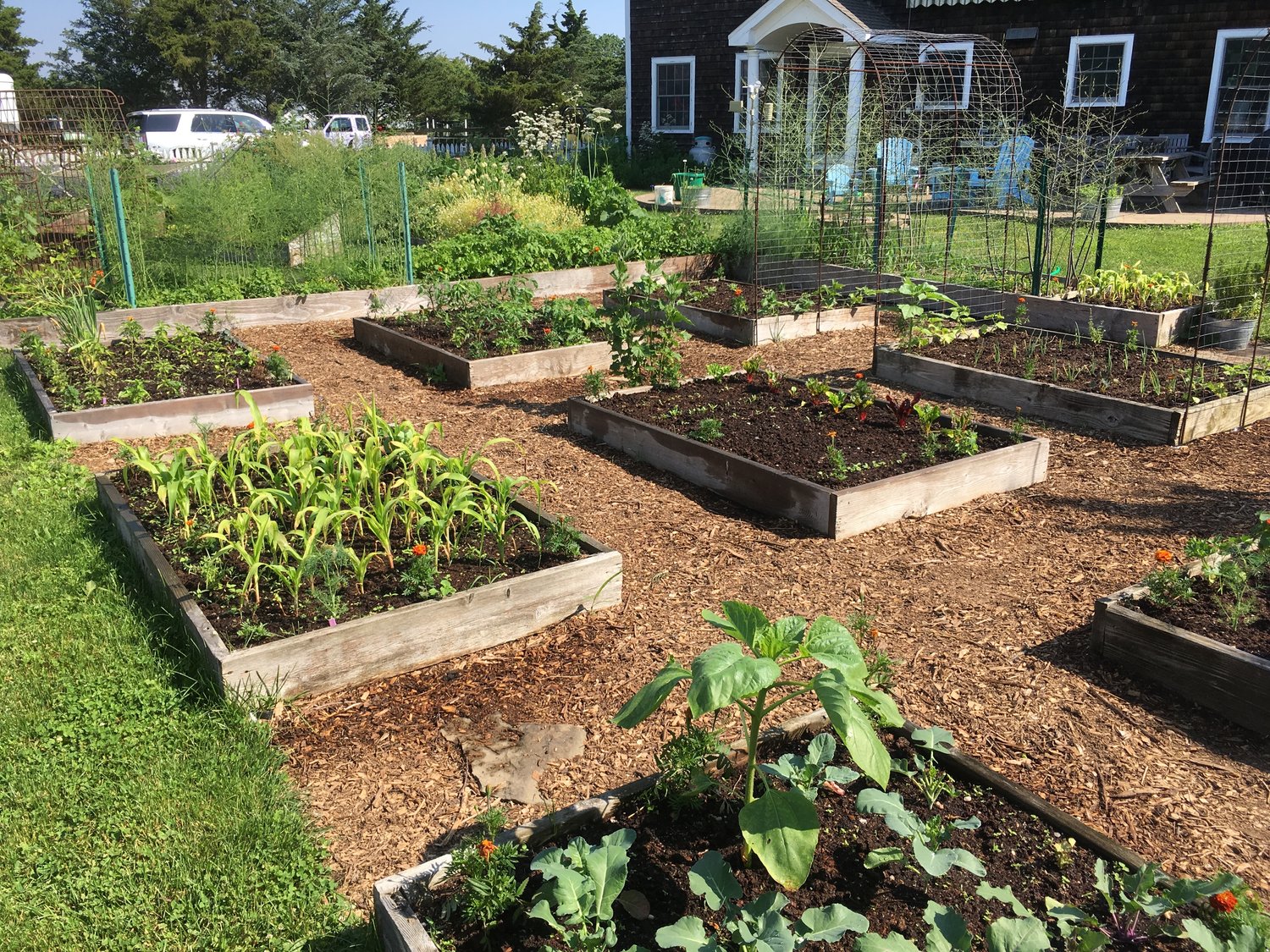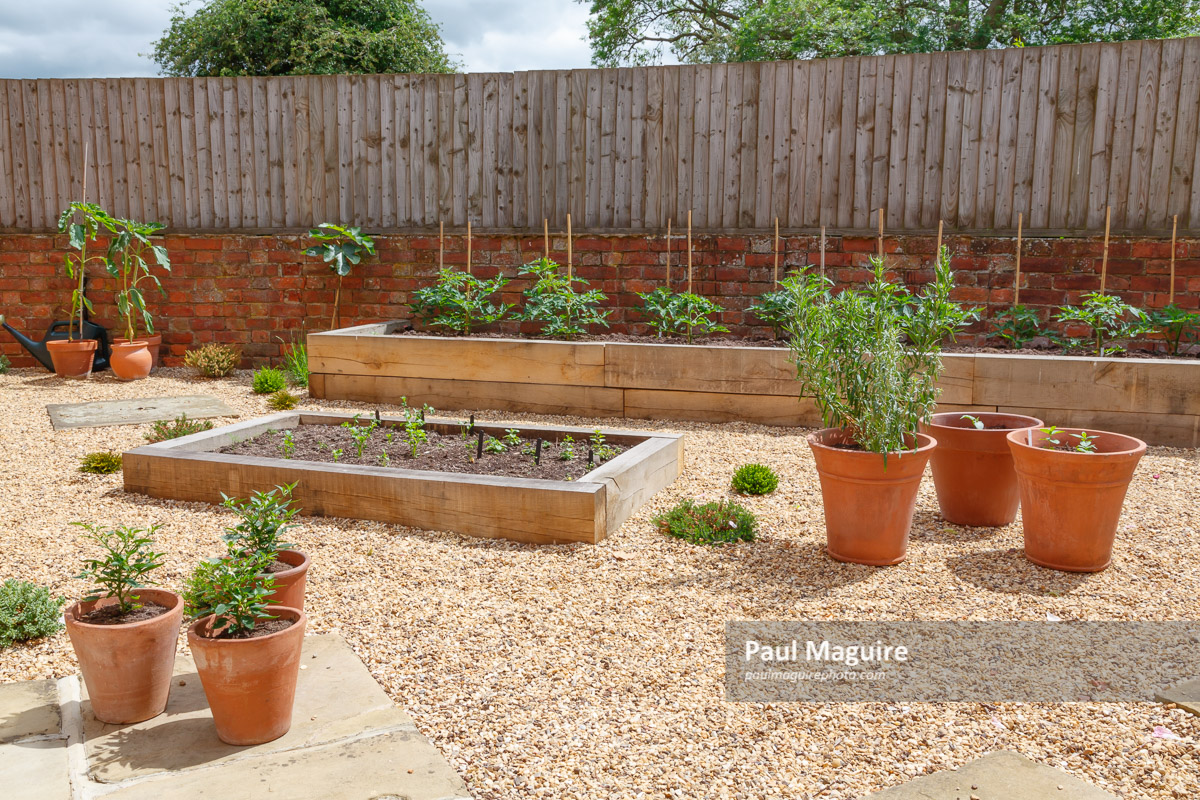Creating a kitchen garden is a wonderful way to grow your own fruits, vegetables, and herbs right in your own backyard. Not only does it provide you with fresh and organic produce, but it also adds beauty and charm to your outdoor space. If you're considering designing a new kitchen garden, here are 10 ideas and tips to help you create the perfect space.Designing a Kitchen Garden: Ideas and Tips
The first step in designing a kitchen garden is to determine the size and location. Consider the amount of sunlight and water the area receives, as well as the accessibility for maintenance. Once you have chosen the location, it's time to start planning the design.How to Design a Kitchen Garden
A kitchen garden should not only be practical, but also visually appealing. Incorporate beautiful elements like trellises, arbors, and decorative fencing to add charm to your garden. You can also use raised beds and pathways to add structure and organization to the space.Creating a Beautiful and Functional Kitchen Garden
Sustainability is becoming increasingly important in gardening. To create a sustainable kitchen garden, consider using organic methods of pest control and fertilization. You can also incorporate rain barrels to collect and reuse rainwater for watering your garden.Designing a Sustainable Kitchen Garden
Even if you have a small backyard, you can still create a thriving kitchen garden. Consider using vertical gardening techniques, such as trellises and hanging baskets, to maximize space. You can also use compact varieties of plants and herbs to save on space and still have a bountiful harvest.Maximizing Space in Your Kitchen Garden Design
If you're new to gardening, designing a kitchen garden can seem overwhelming. Start small with a few easy-to-grow plants and gradually expand your garden as you gain more experience. Research the best plants for your climate and seek advice from experienced gardeners in your area.Designing a Kitchen Garden for Beginners
Permaculture is a sustainable design and gardening practice that focuses on working with nature rather than against it. Incorporating permaculture principles in your kitchen garden design can help to create a healthy and thriving ecosystem. Some key principles to consider include diversity, natural patterns, and using resources efficiently.Using Permaculture Principles in Your Kitchen Garden Design
With proper planning, you can enjoy fresh produce from your kitchen garden all year round. Consider planting a variety of fruits, vegetables, and herbs that have different growing seasons. You can also use cold frames or hoop houses to extend the growing season and protect your plants from harsh weather.Designing a Kitchen Garden for Year-Round Harvest
Companion planting is the practice of planting different plants together in a way that benefits each other. For example, planting herbs like basil and thyme next to tomatoes can help to repel pests. Do some research on which plants make good companions and incorporate them into your kitchen garden design.Designing a Kitchen Garden with Companion Planting
Raised beds are a great way to create a neat and organized kitchen garden. They also provide better drainage and aeration for your plants. You can use various materials like wood, stone, or brick to create raised beds and customize them to fit your garden design.Designing a Kitchen Garden with Raised Beds
Maximizing Space for Your Kitchen Garden
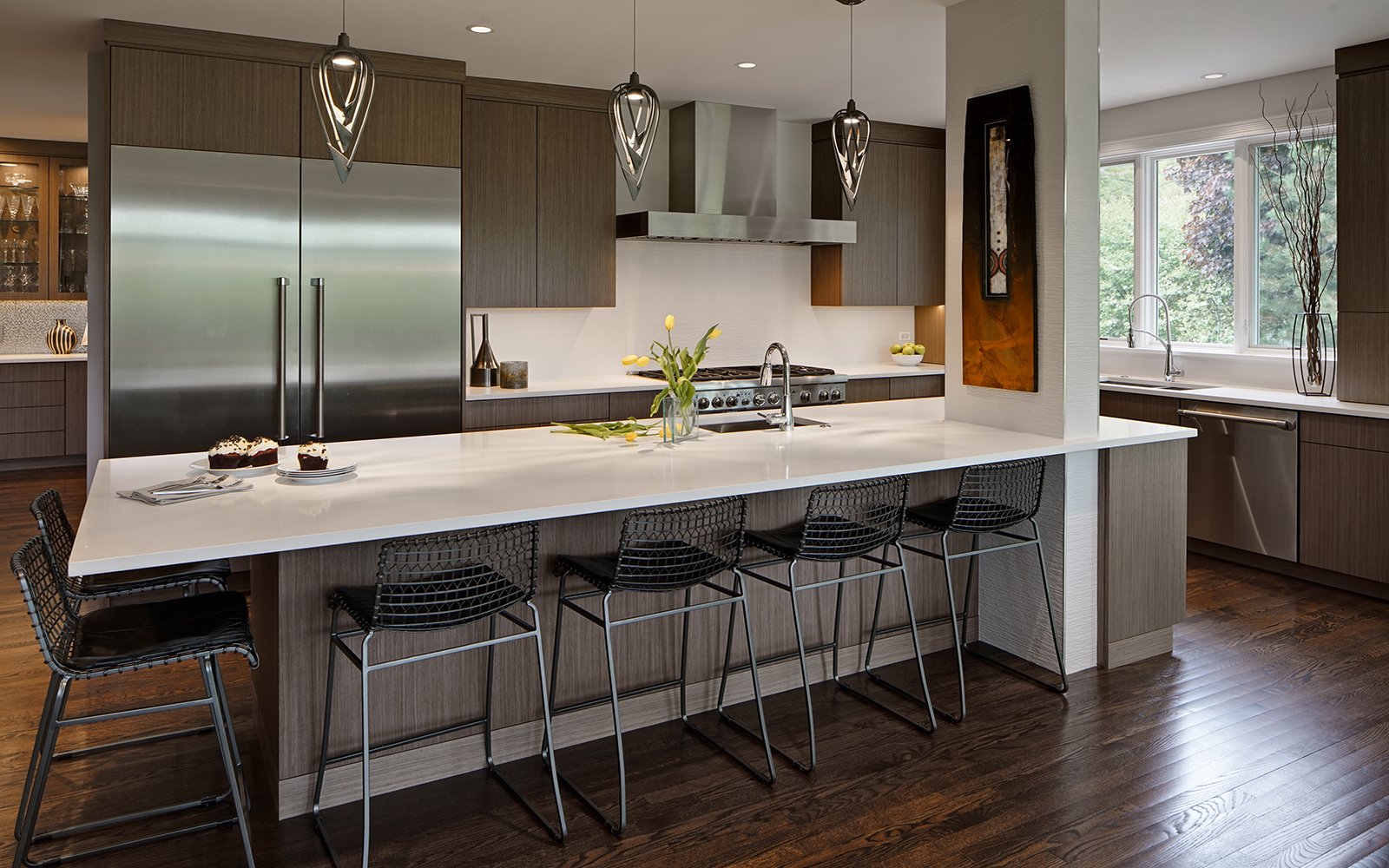
Creating a Functional and Beautiful Design
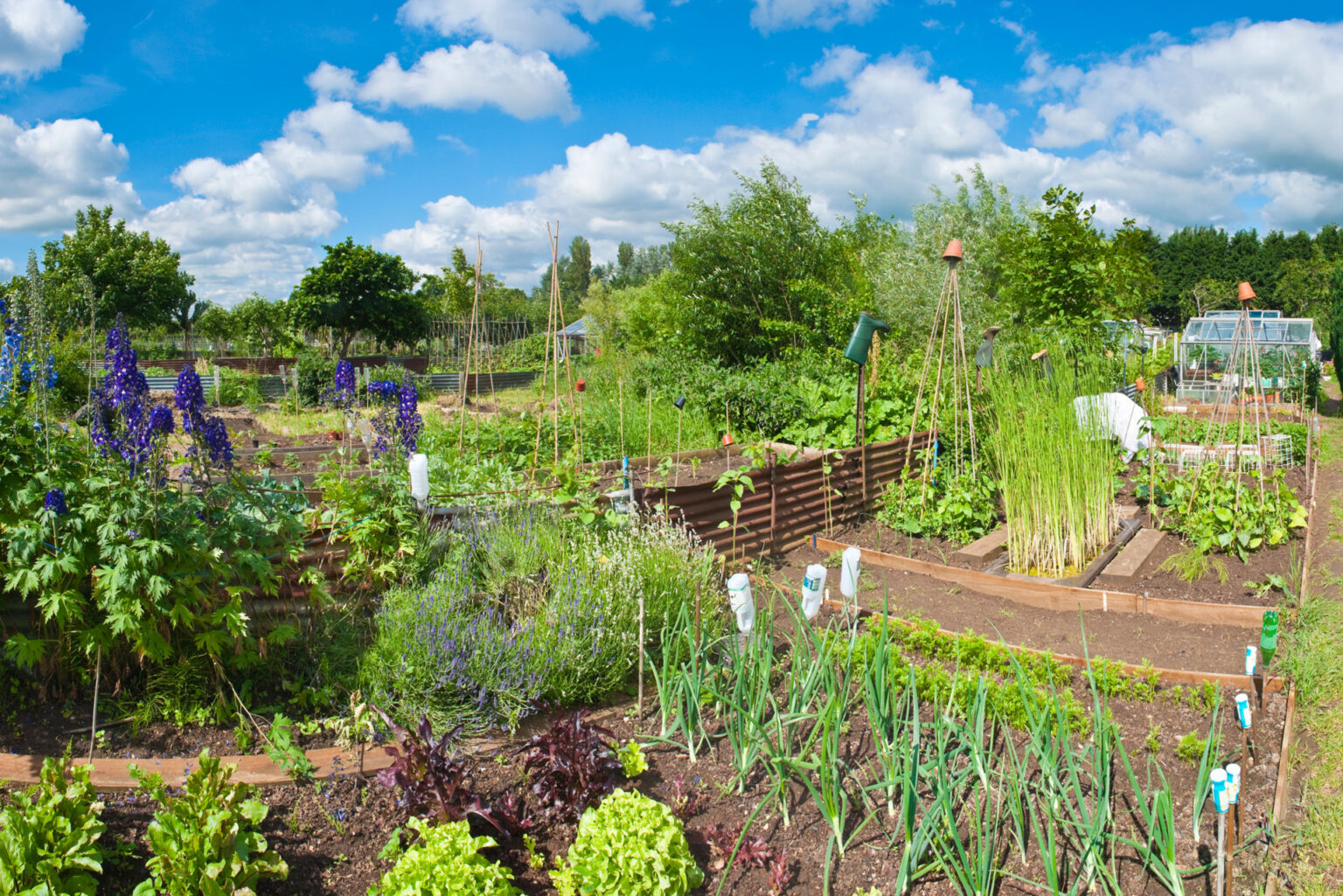 In today's fast-paced world, more and more people are turning to growing their own food in order to ensure a healthy and sustainable lifestyle. The kitchen garden is a perfect way to achieve this, as it allows you to have fresh produce right at your fingertips. However, designing a kitchen garden that not only serves its purpose but also adds to the aesthetic appeal of your home can be a daunting task. With limited space available, it is important to make the most of every square inch. Here are some tips on how to maximize space for your kitchen garden and create a functional and beautiful design.
1. Vertical Gardening
One of the best ways to make the most of limited space is by incorporating vertical gardening into your kitchen garden design. This involves using walls, fences, or even trellises to grow your plants vertically. Not only does this save space, but it also adds a unique and eye-catching element to your garden. Utilize hanging baskets, wall-mounted planters, or even a living wall to grow herbs, vegetables, and even fruits.
2. Companion Planting
Another way to maximize space in your kitchen garden is through companion planting. This is the practice of planting different types of plants together that benefit each other in terms of growth, pest control, and nutrients. For example, planting marigolds alongside your vegetables can help repel pests, while planting beans near corn can help provide the corn with necessary nitrogen. This allows you to grow more in a smaller space, while also promoting healthy growth for your plants.
3. Utilize Containers
Containers are a great way to grow plants in a small space. They come in a variety of sizes and can be placed anywhere from your balcony to your kitchen windowsill. You can grow herbs, vegetables, and even dwarf fruit trees in containers. This also allows you to move your plants around to maximize sunlight and create a visually appealing design.
4. Utilize the Edges
The edges of your kitchen garden, whether it's a raised bed or a small plot, are often underutilized. However, they can be a great way to grow plants that may need more space to spread out, such as vine plants like cucumbers and squash. You can also use the edges to grow trailing plants like strawberries or herbs like thyme and oregano. This not only adds more variety to your garden but also makes use of otherwise unused space.
In conclusion, designing a kitchen garden that is both functional and beautiful is all about maximizing space. By incorporating vertical gardening, companion planting, utilizing containers, and making use of the edges, you can create a thriving kitchen garden that not only provides you with fresh produce but also adds to the overall design of your home. With a little creativity and planning, you can turn even the smallest of spaces into a bountiful and visually appealing kitchen garden.
In today's fast-paced world, more and more people are turning to growing their own food in order to ensure a healthy and sustainable lifestyle. The kitchen garden is a perfect way to achieve this, as it allows you to have fresh produce right at your fingertips. However, designing a kitchen garden that not only serves its purpose but also adds to the aesthetic appeal of your home can be a daunting task. With limited space available, it is important to make the most of every square inch. Here are some tips on how to maximize space for your kitchen garden and create a functional and beautiful design.
1. Vertical Gardening
One of the best ways to make the most of limited space is by incorporating vertical gardening into your kitchen garden design. This involves using walls, fences, or even trellises to grow your plants vertically. Not only does this save space, but it also adds a unique and eye-catching element to your garden. Utilize hanging baskets, wall-mounted planters, or even a living wall to grow herbs, vegetables, and even fruits.
2. Companion Planting
Another way to maximize space in your kitchen garden is through companion planting. This is the practice of planting different types of plants together that benefit each other in terms of growth, pest control, and nutrients. For example, planting marigolds alongside your vegetables can help repel pests, while planting beans near corn can help provide the corn with necessary nitrogen. This allows you to grow more in a smaller space, while also promoting healthy growth for your plants.
3. Utilize Containers
Containers are a great way to grow plants in a small space. They come in a variety of sizes and can be placed anywhere from your balcony to your kitchen windowsill. You can grow herbs, vegetables, and even dwarf fruit trees in containers. This also allows you to move your plants around to maximize sunlight and create a visually appealing design.
4. Utilize the Edges
The edges of your kitchen garden, whether it's a raised bed or a small plot, are often underutilized. However, they can be a great way to grow plants that may need more space to spread out, such as vine plants like cucumbers and squash. You can also use the edges to grow trailing plants like strawberries or herbs like thyme and oregano. This not only adds more variety to your garden but also makes use of otherwise unused space.
In conclusion, designing a kitchen garden that is both functional and beautiful is all about maximizing space. By incorporating vertical gardening, companion planting, utilizing containers, and making use of the edges, you can create a thriving kitchen garden that not only provides you with fresh produce but also adds to the overall design of your home. With a little creativity and planning, you can turn even the smallest of spaces into a bountiful and visually appealing kitchen garden.



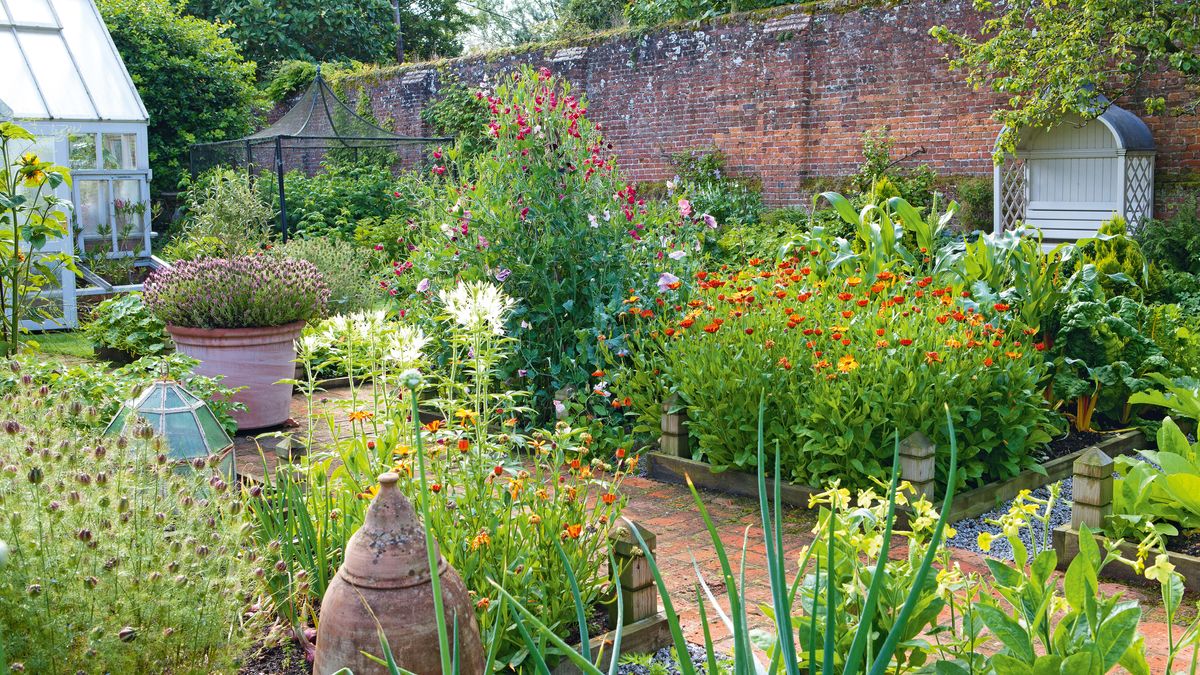


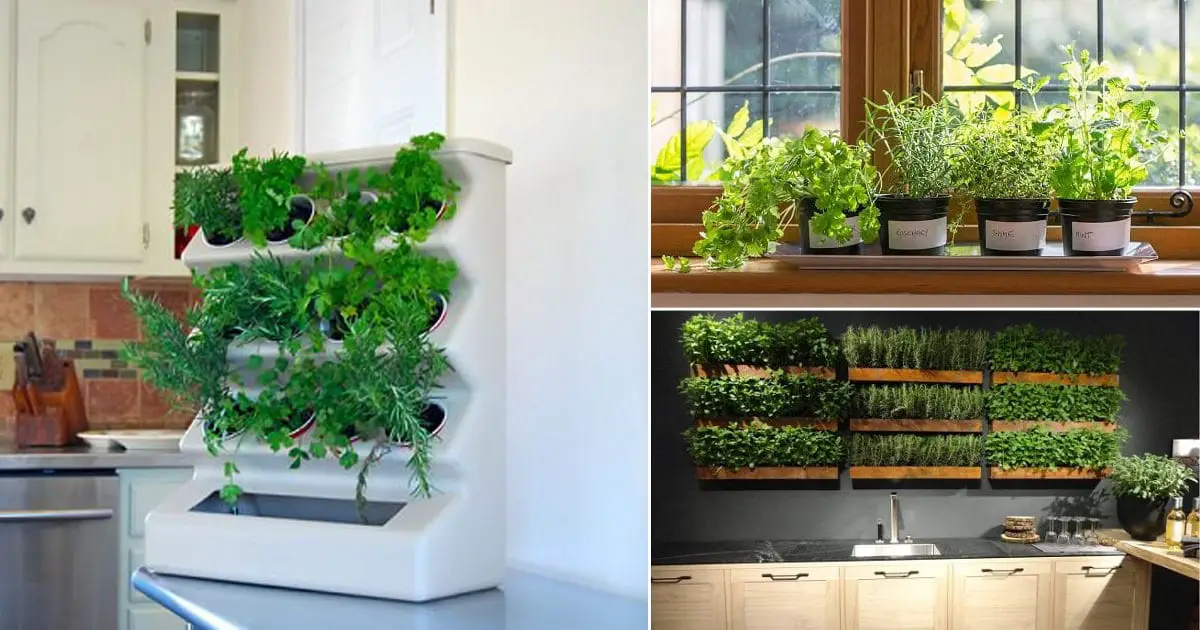



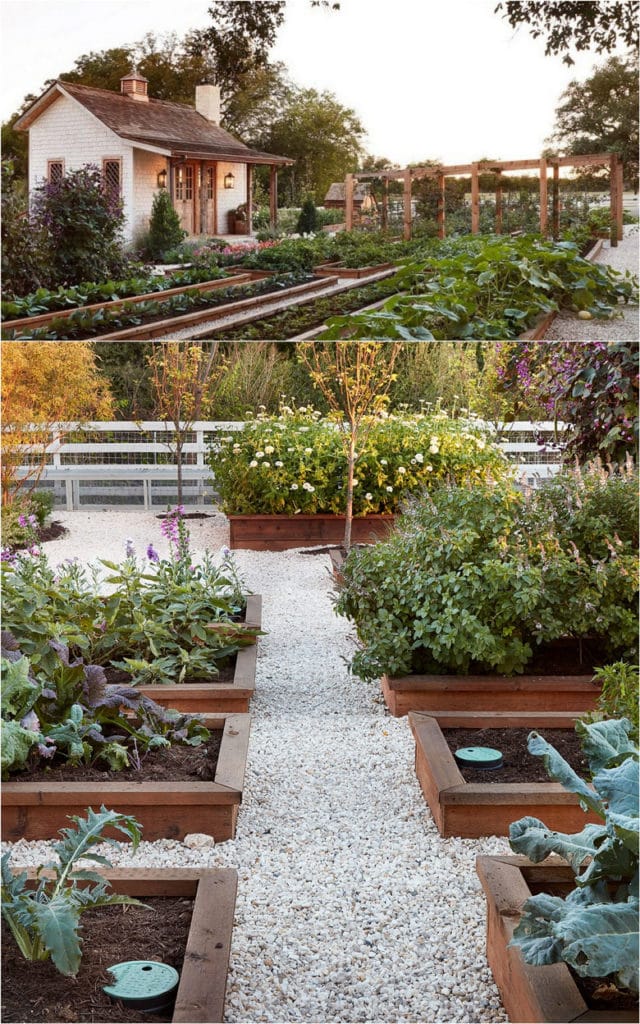

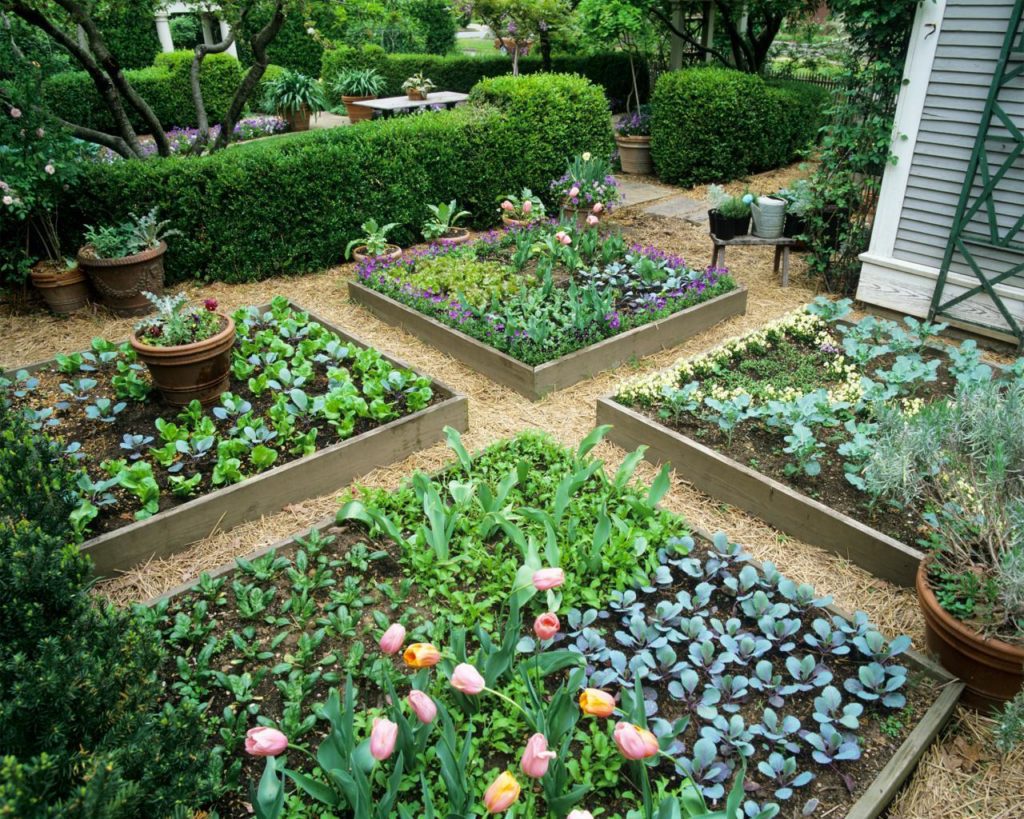







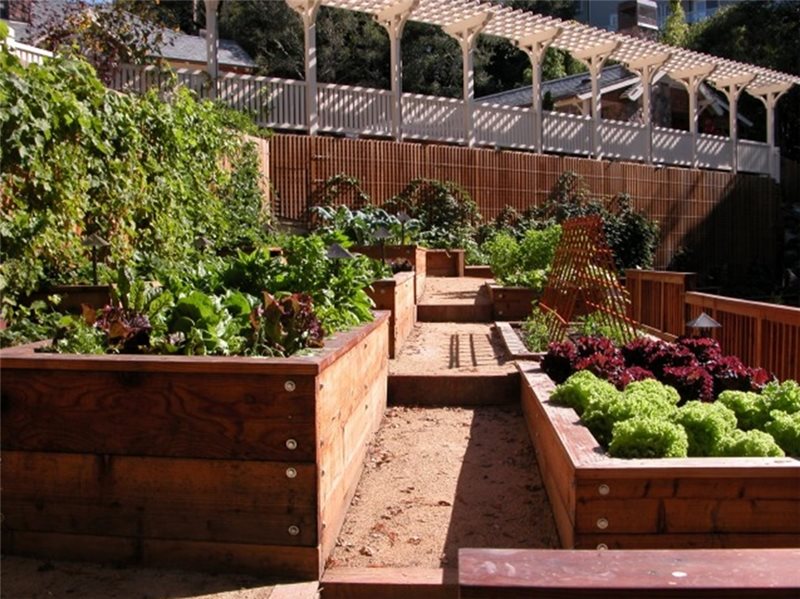










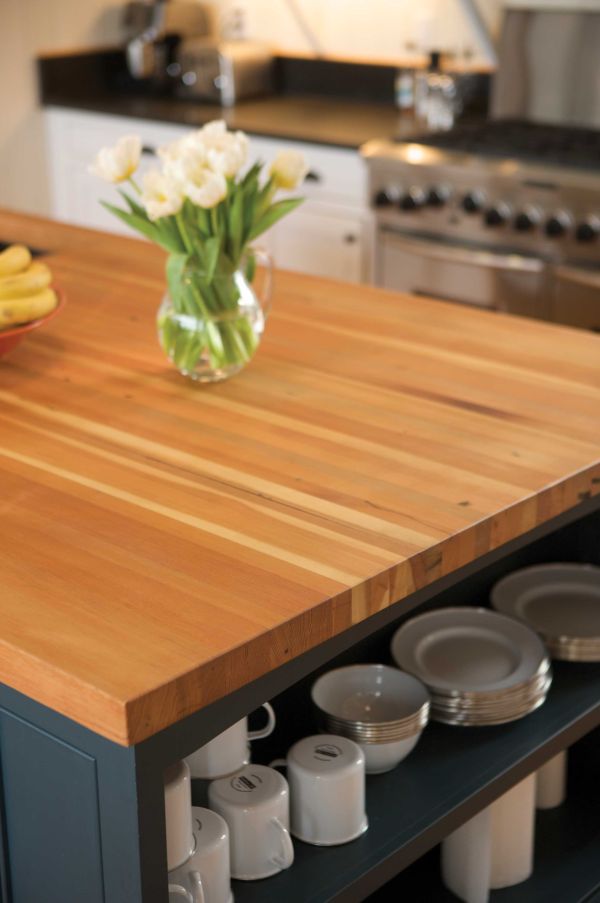





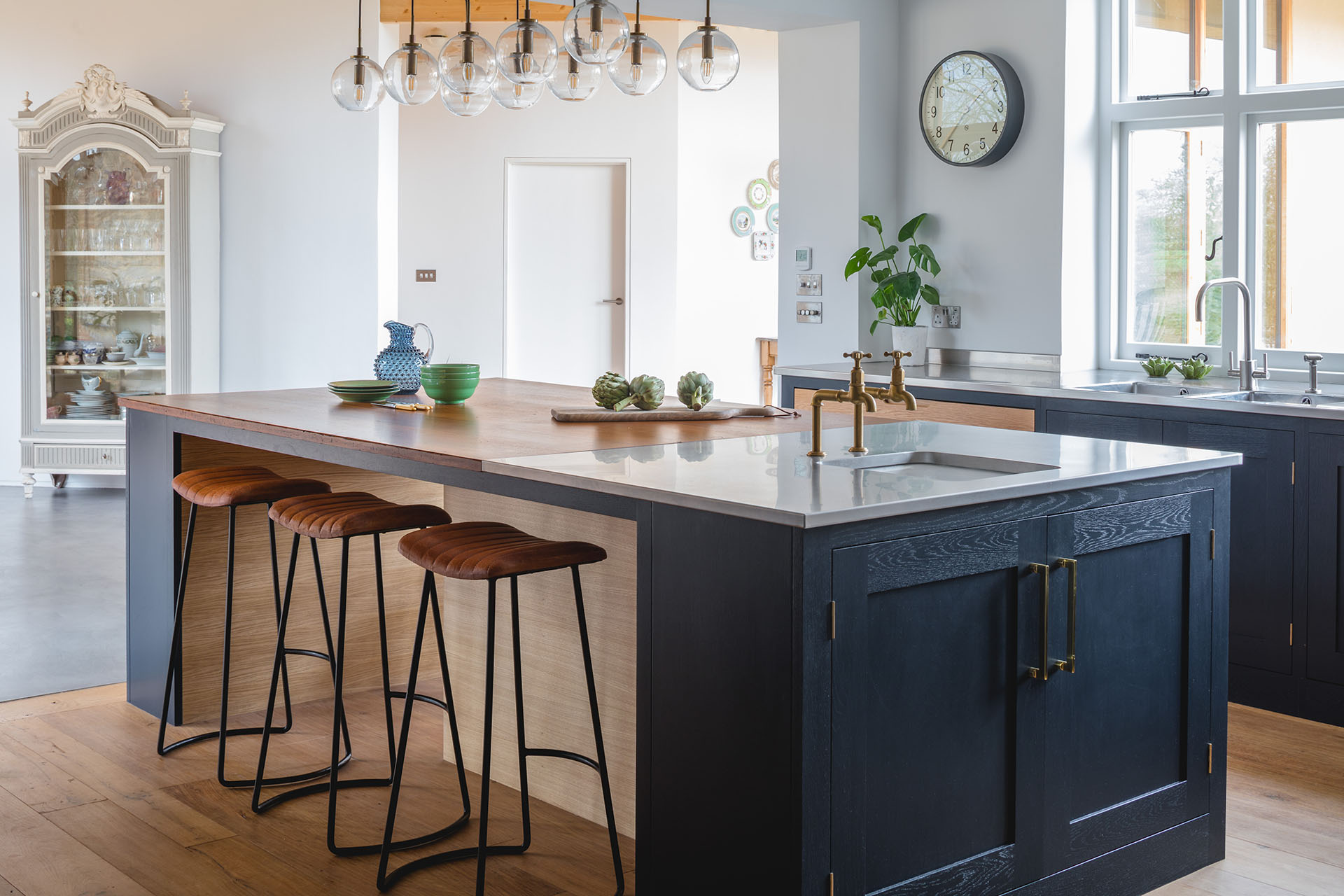
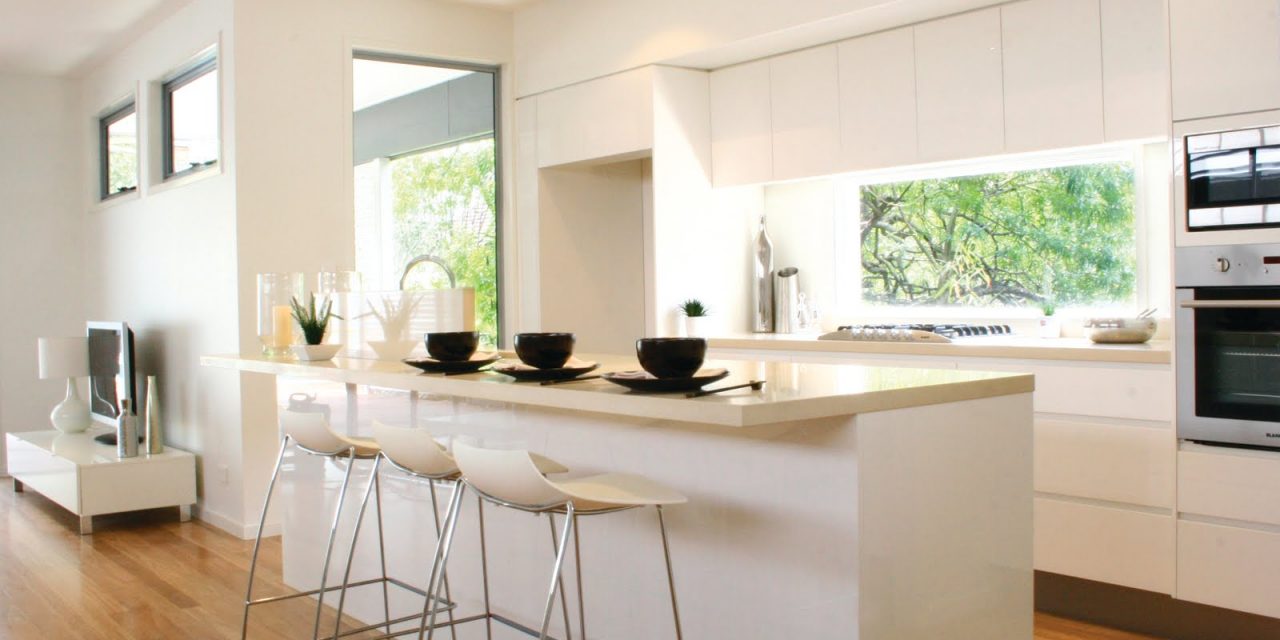

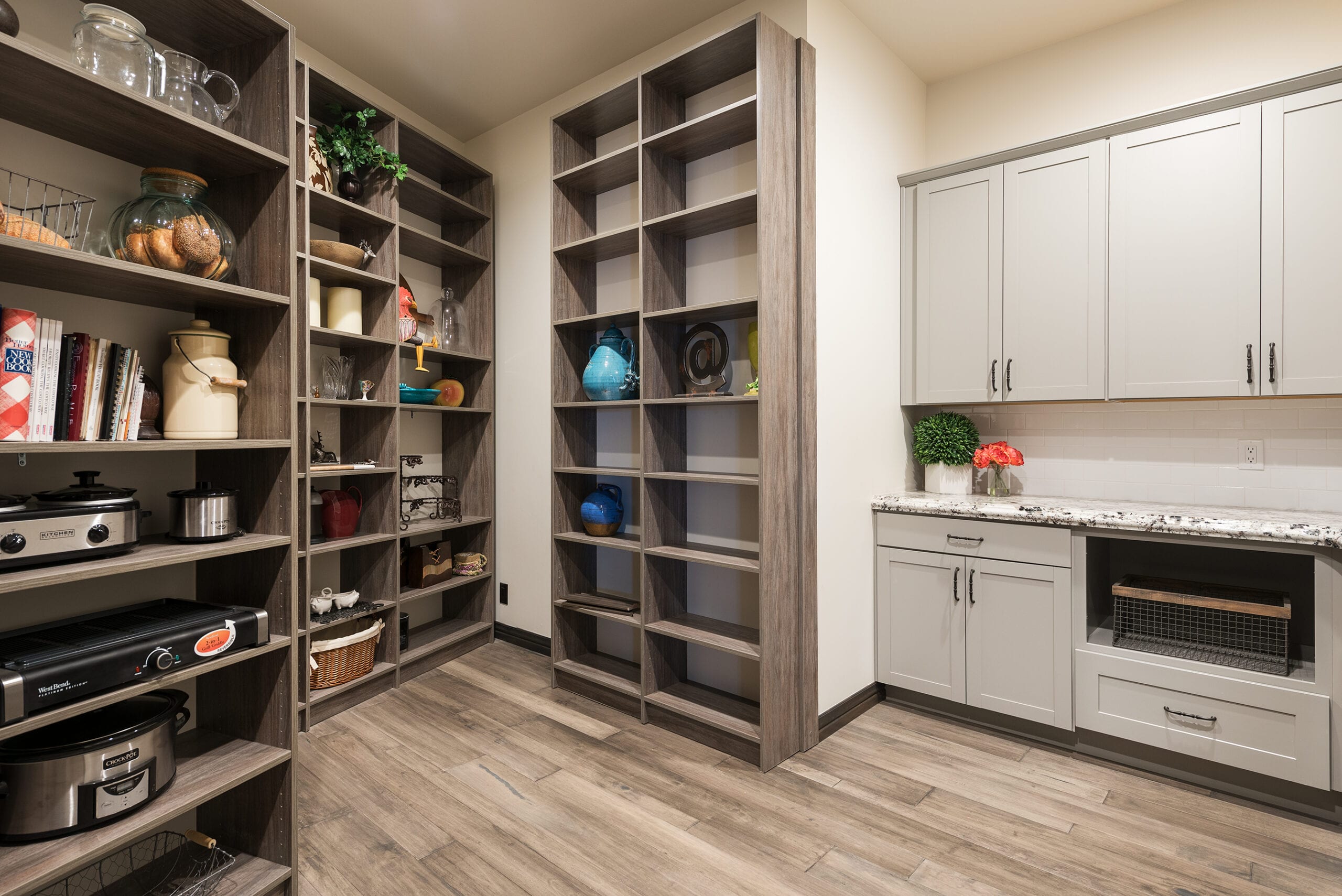

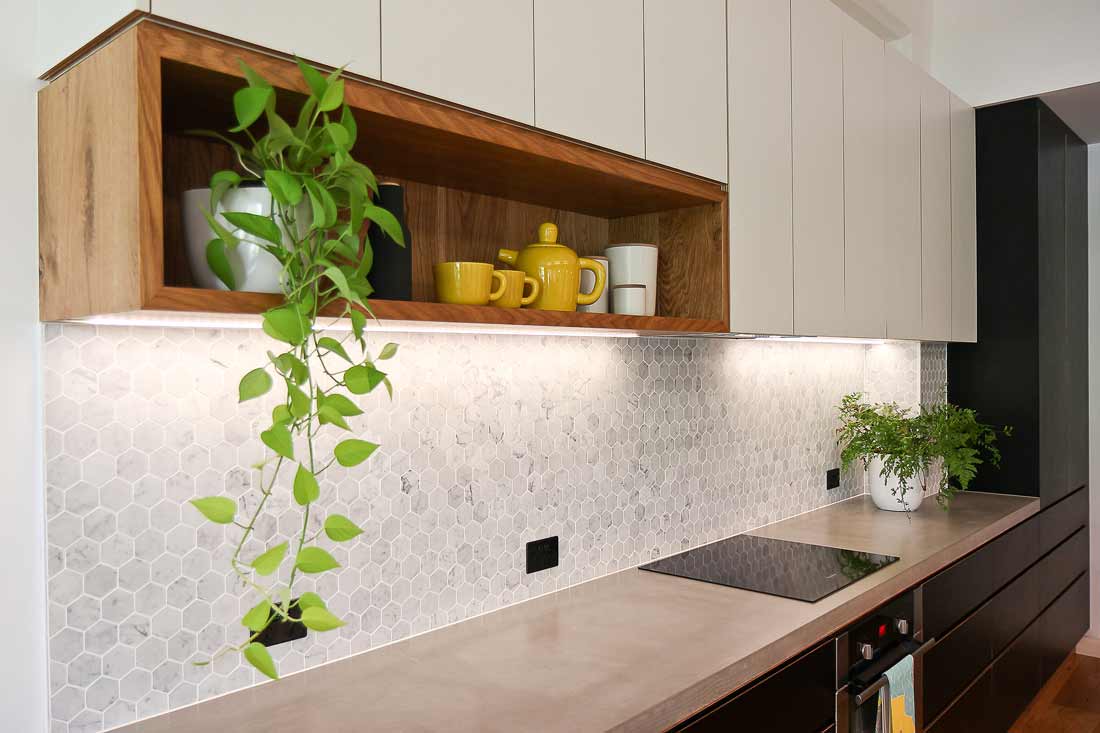
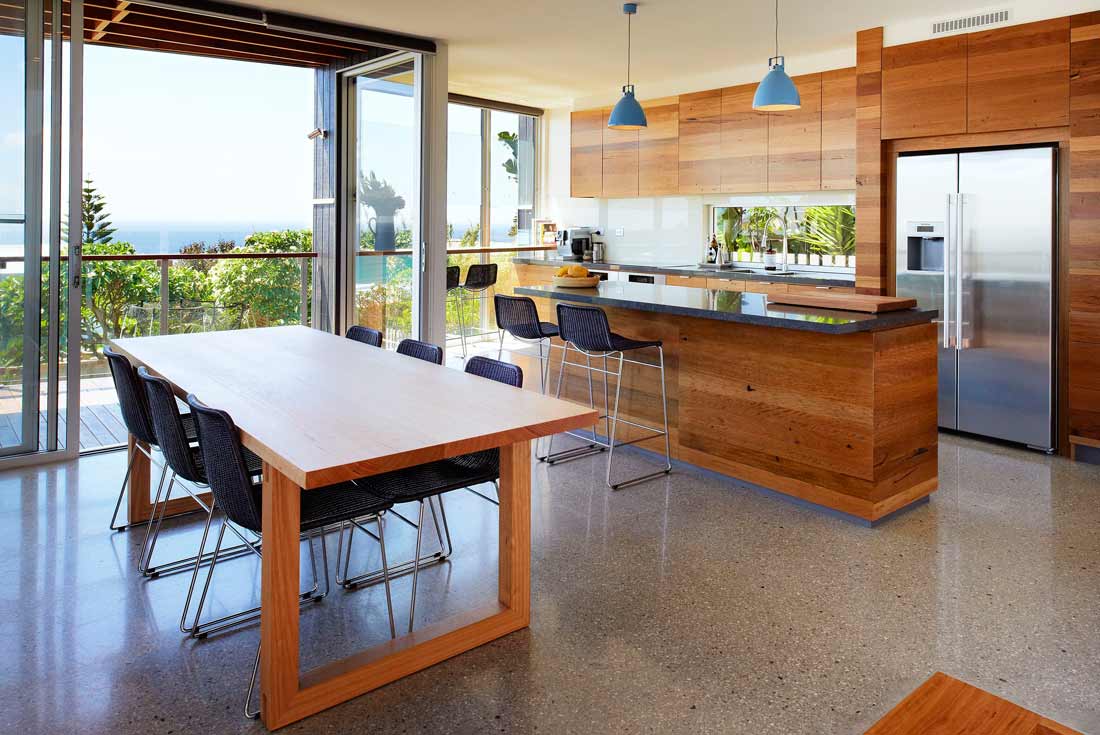





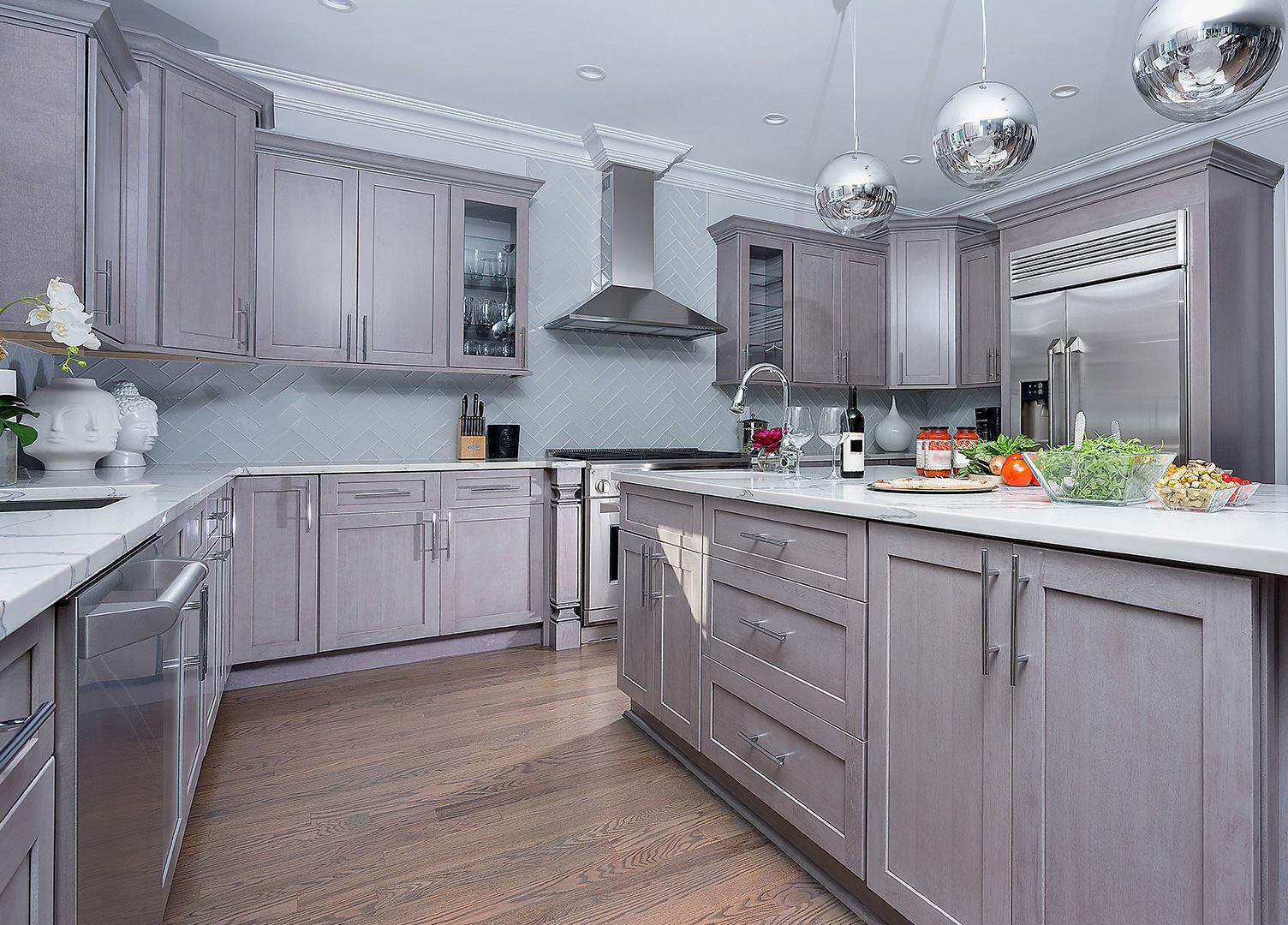


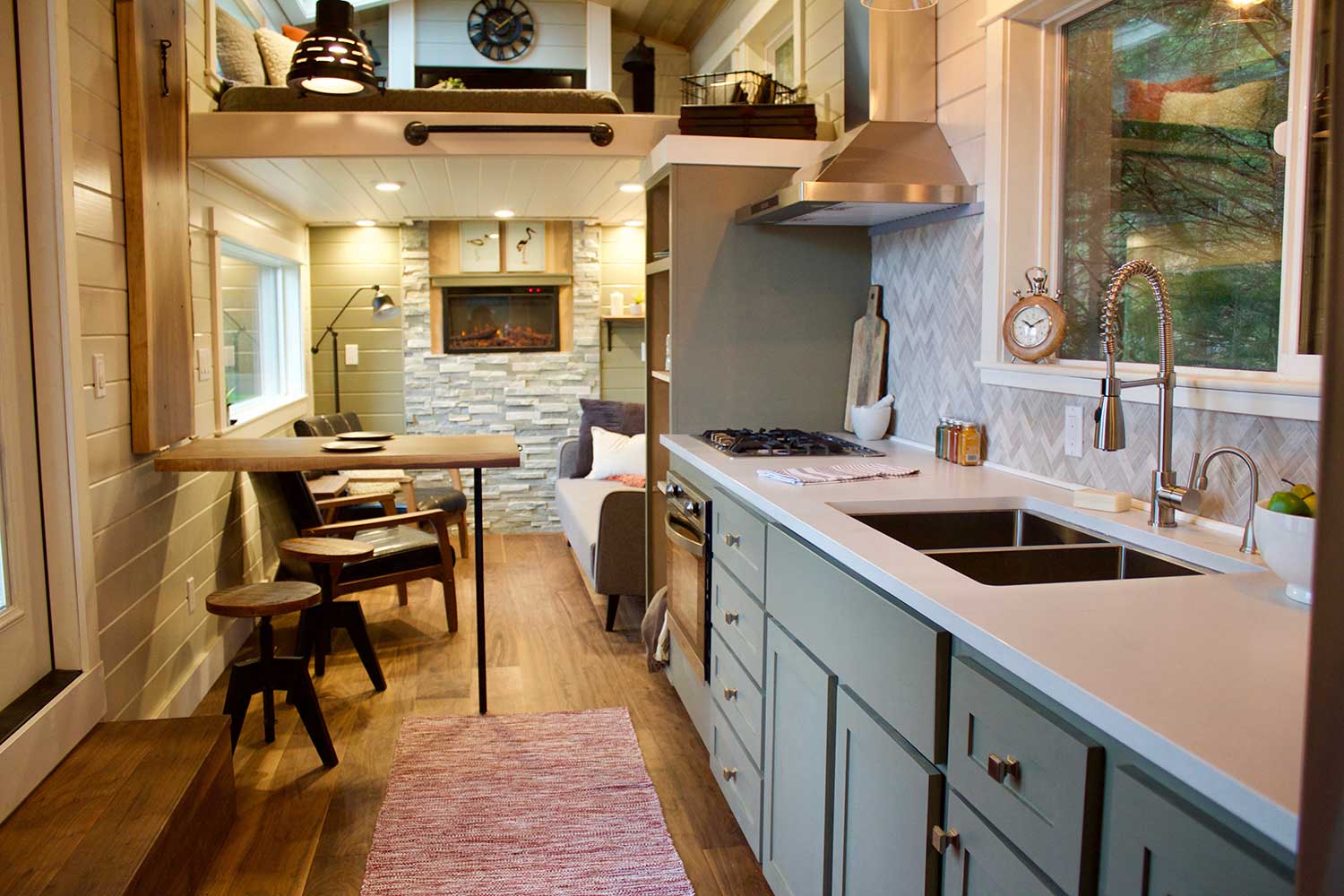


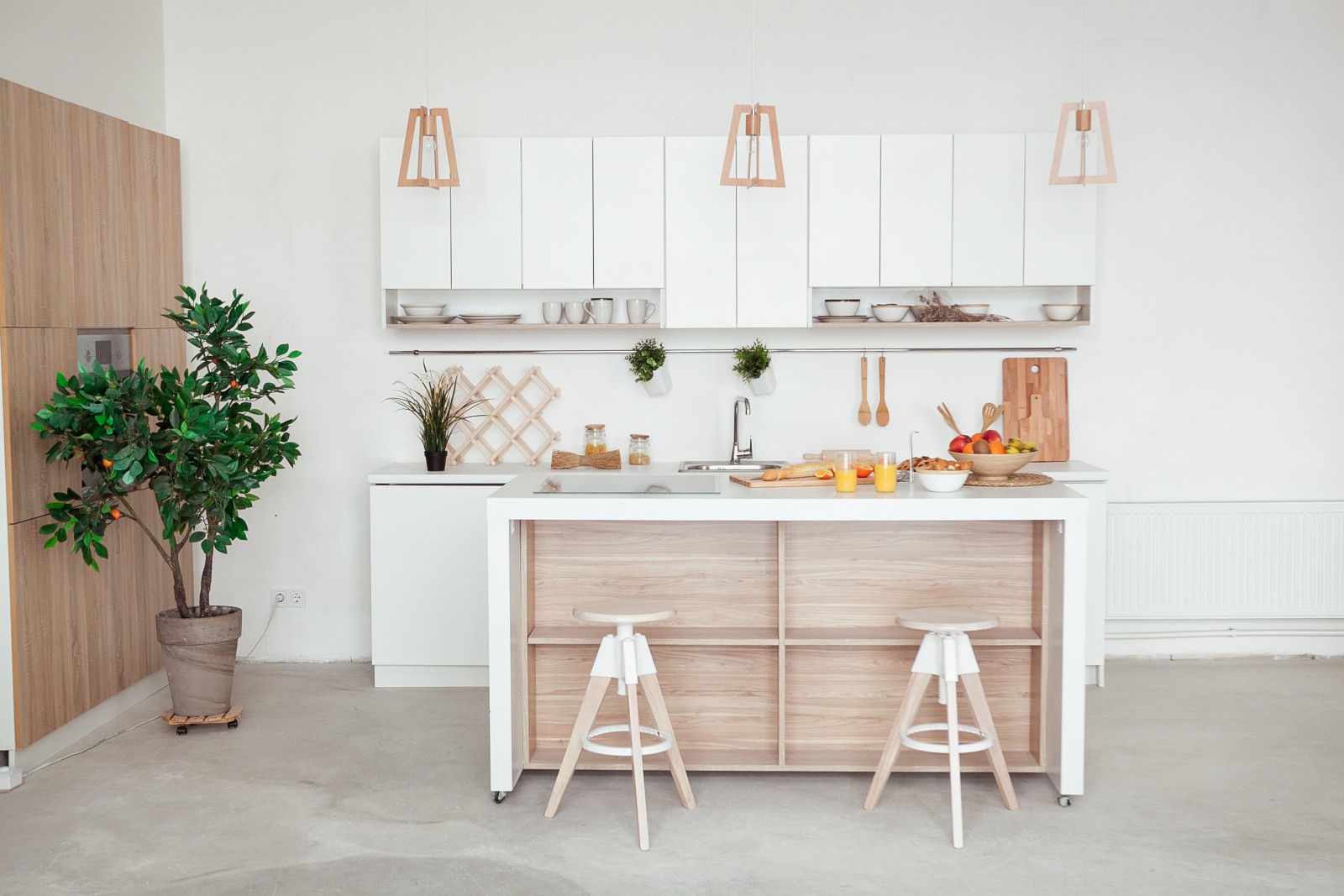


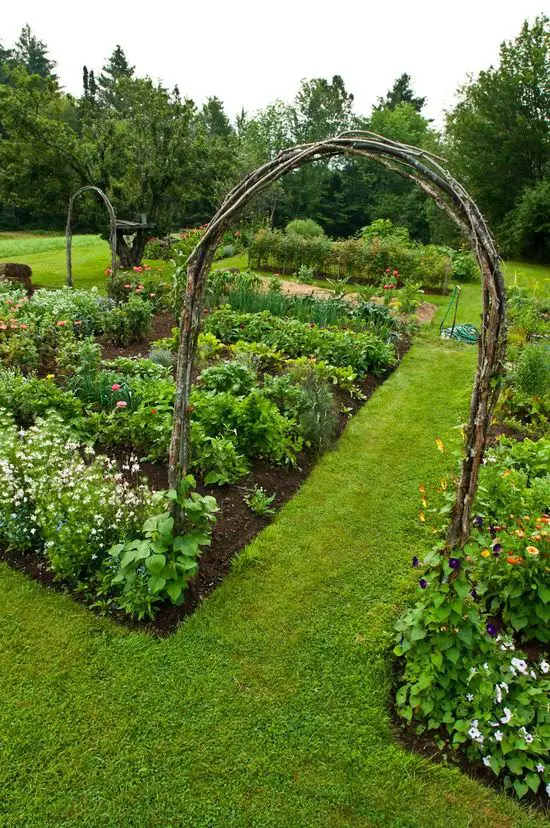
:max_bytes(150000):strip_icc()/small-garden-944311284-61ce49cc8f1d4bfa8d71bb47d5e29bd6.jpg)
